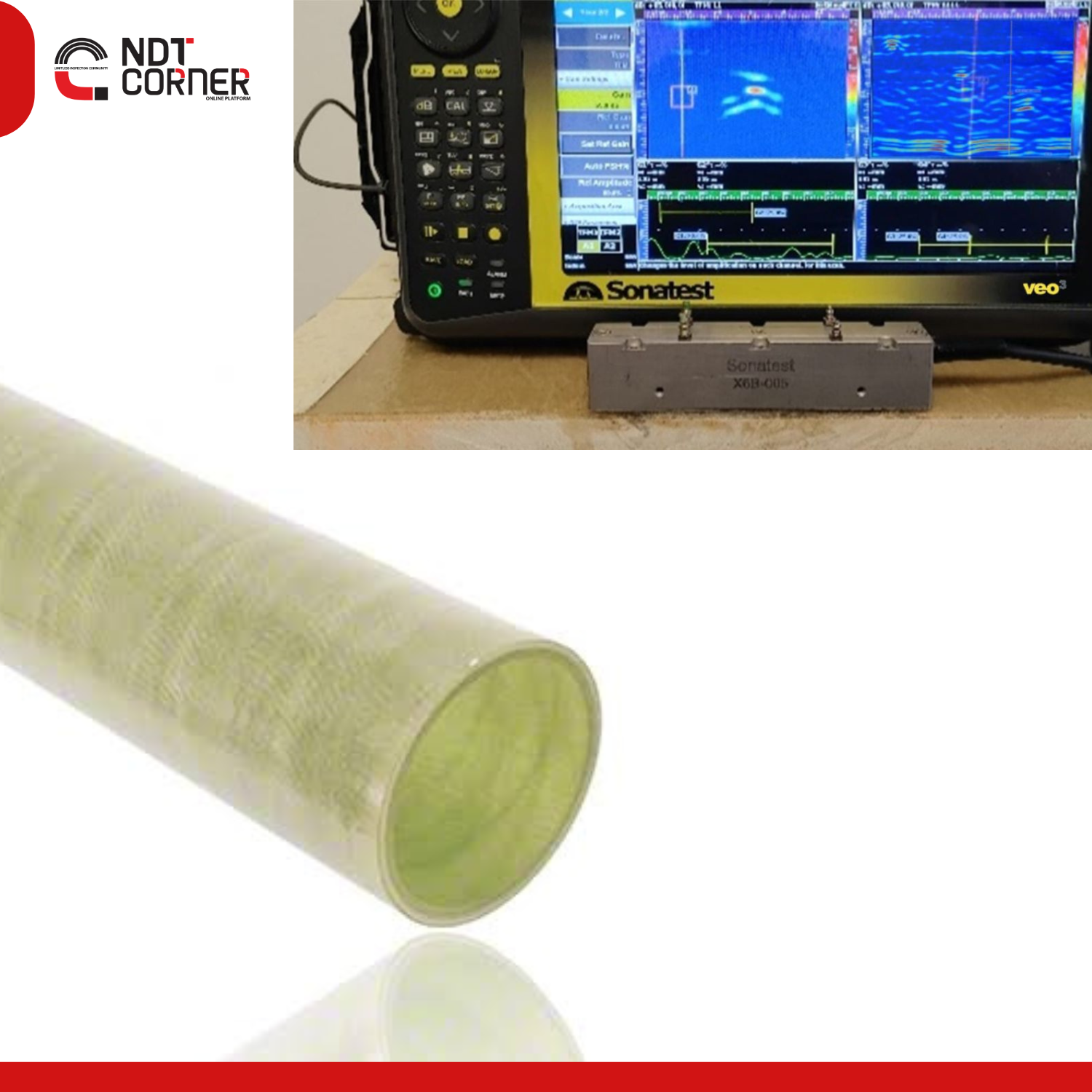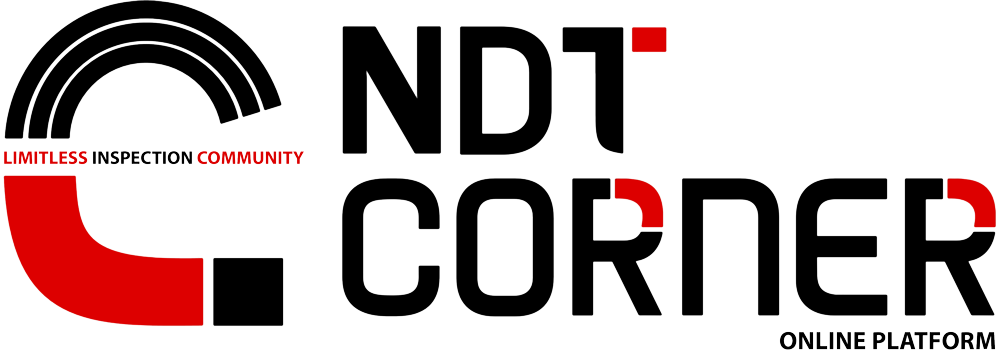
Low Frequency GFRP Imaging with Variable Aperture TFM
06 Jan 2025 download pdf
Graphite or glass fibre reinforced polymer (GFRP) inspections are usually made with a zero-degree linear scan (L- scan). The Total Focusing Method may not be applicable for some anisotropic materials, but TFM may increase the ultrasound imaging quality in some cases. The imaging potential of 1D linear probes has been broadened by TFM in many aspects, so there is an opportunity to apply the total focusing concepts to exotic composite assessment. The ultrasonic limitations associated with testing thicker sections of GFRP restrict inspections to lower frequency phased array probes. When using the L-Scan technique, a low-frequency probe will have a poorer sensitivity performance once compared to a typical phased array probe of a higher frequency. This is due to the element size and pitch restrictions associated with low-frequency probes. Therefore, new testing techniques should be found. The alternative imaging acquisition method involves variable aperture receivers that improve the typical L Scan characteristics. This study explicitly covers the differences between the L-scan type, the TFM image and its variable aperture TFM feature. In addition to the theory concepts, ultrasound metrics have been recorded on an actual GFRP sample.
Keyword: TFM improvements, Composite Inspections, Total Focusing Method (TFM), GFRP, Aperture, Phased Array Ultrasonic Testing (PAUT), Glass Fibre, Concrete.

